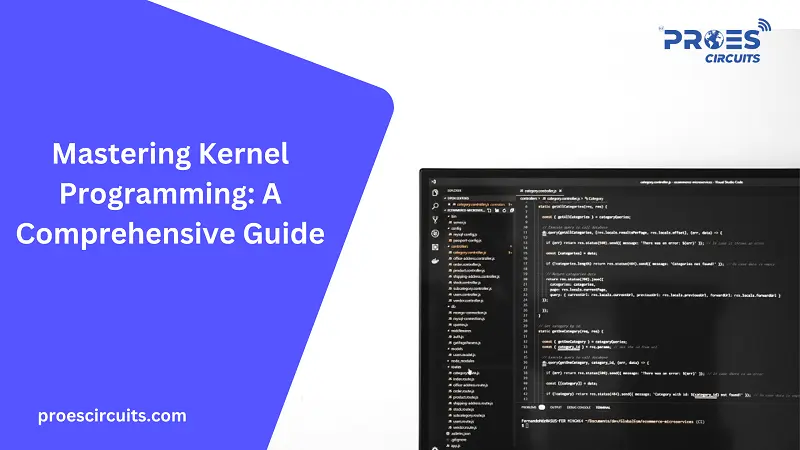Introduction to Interrupts
Interrupts are a crucial mechanism in the computing world, allowing a CPU to respond promptly to various events, both internal and external. They serve as a signal to the processor, indicating that immediate attention is needed to perform a particular task. This feature is fundamental to achieving efficient and responsive computing operations.
There are mainly two types of interrupts: hardware and software. Hardware interrupts are generated by external peripherals, such as keyboards and mice, to signal the occurrence of an event that requires immediate processing. Software interrupts, on the other hand, are triggered by software instructions, often used to manage system calls and control operations within the operating system.
Basics of Interrupt Handling
Interrupt Handling refers to the process by which a computer system responds to interrupts. When an interrupt occurs, the current process is paused, and control is transferred to a specific interrupt handler or service routine designed to address the interrupt’s cause. This mechanism ensures that critical events receive timely attention, enhancing system efficiency and reliability.
The operation begins with the CPU receiving an interrupt signal, prompting it to save its current state and execute the corresponding interrupt service routine (ISR). Upon completion, the system state is restored, and the paused process resumes, often without any noticeable delay to the user.
Types of Interrupts
Hardware and software interrupts cater to different needs within a computer system. Hardware interrupts arise from physical devices, like input/output operations, requiring immediate attention for data processing or device management. Software interrupts, generated by executing specific instructions, manage interactions between software applications and the operating system.
Examples of hardware interrupts include keyboard inputs and mouse clicks, which need prompt processing to ensure user actions are accurately reflected. Software interrupts are exemplified by system calls in operating systems, such as file operations or memory allocation requests.
Interrupt Service Routines (ISRs)
An Interrupt Service Routine (ISR) is a critical component in interrupt handling, providing the specific code executed in response to an interrupt. ISRs are designed to address the cause of the interrupt efficiently, ensuring minimal delay in system operations.
The execution of an ISR involves identifying the interrupt source, performing the required processing, and then signaling the completion of the interrupt handling. ISRs must be optimized for speed and efficiency, as their execution time directly impacts system performance.
Challenges in Interrupt Handling
Managing interrupts presents several challenges, including prioritizing different types of interrupts and minimizing interrupt latency – the delay between the interrupt signal and the start of the corresponding ISR. These challenges require sophisticated algorithms and hardware support to ensure that critical interrupts are handled promptly while maintaining overall system performance.
Additionally, context switching and resource sharing among different ISRs can introduce complexity, requiring careful management to avoid conflicts and ensure data integrity.
Advanced Concepts in Interrupt Handling
Nested interrupts allow a high-priority interrupt to preempt the handling of a current, lower-priority one, enabling more efficient processing of critical events. This concept is particularly important in real-time systems where timely response is crucial.
In multicore systems, interrupt handling involves additional complexity, as interrupts can be directed to specific cores, requiring coordination and efficient distribution of tasks to optimize performance and responsiveness.







